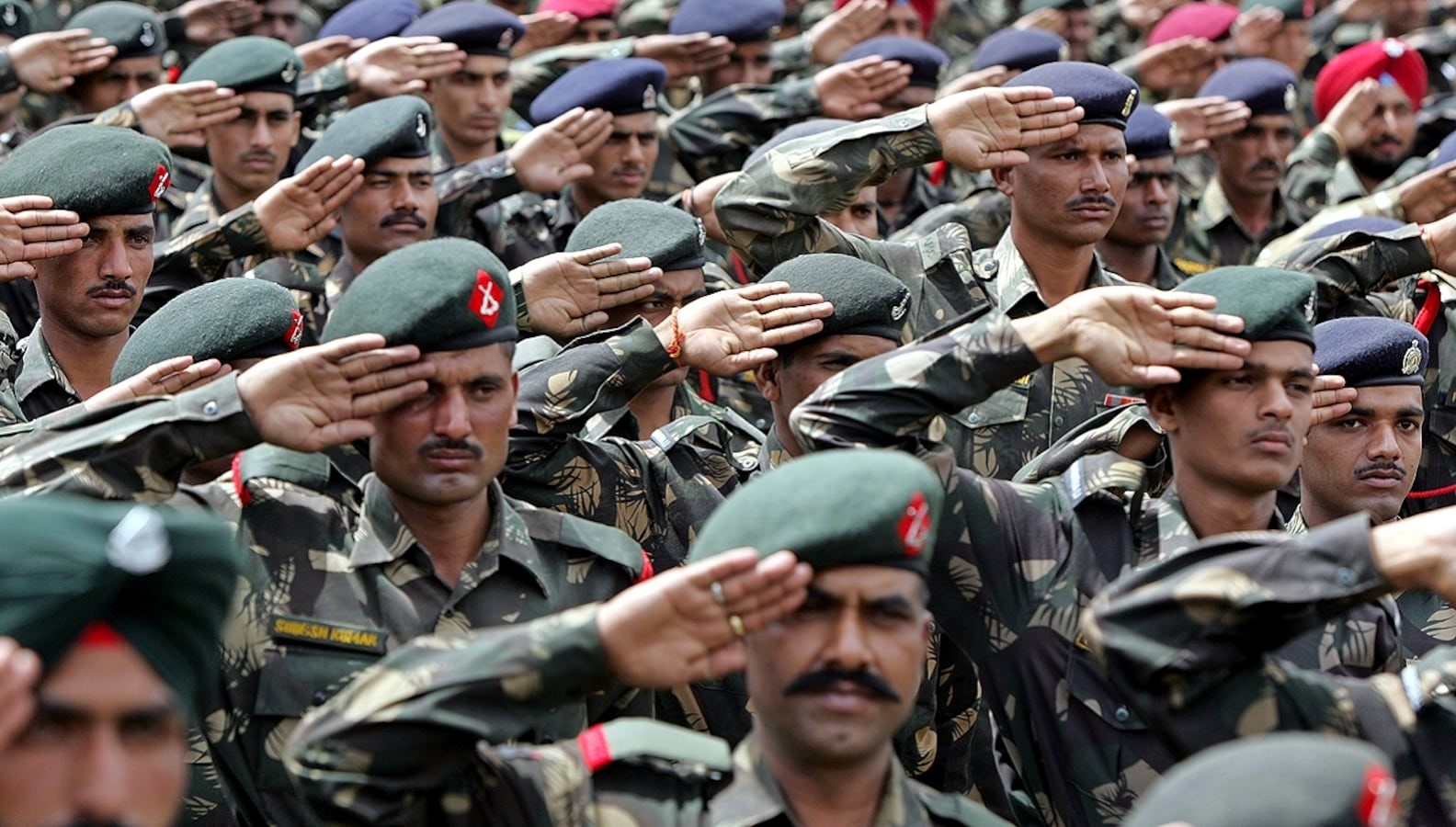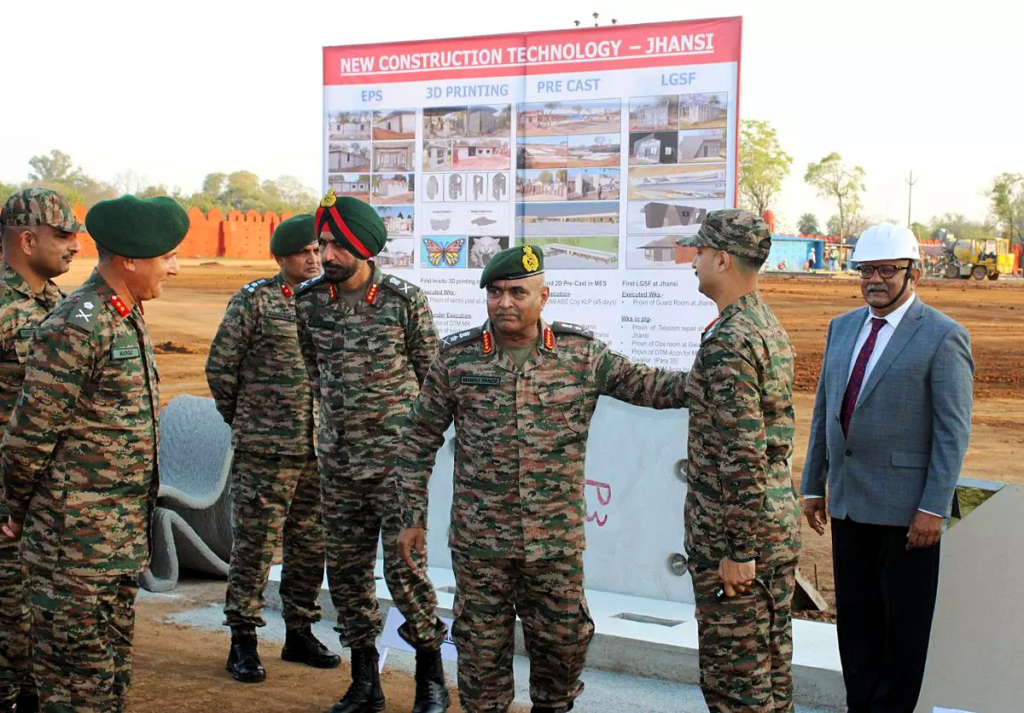In India, the Central Reserve Police Force (CRPF) and the Border Security Force (BSF) stand as two pillars of the nation’s security apparatus. While both are critical paramilitary forces, they serve distinct roles and have unique responsibilities. This article aims to provide a comprehensive comparative analysis of CRPF and BSF, focusing on their respective roles, organizational structures, training methodologies, and other pertinent aspects.
Roles and Responsibilities
CRPF (Central Reserve Police Force)
Established in 1939, the CRPF is one of the largest paramilitary forces globally, with multifaceted roles that include:
- Internal Security: CRPF plays a pivotal role in maintaining internal security, countering insurgency, and tackling militancy in various regions across the country.
- Law Enforcement: It assists state and union territories’ police forces in maintaining law and order, riot control, and handling situations of civil unrest or communal tension.
- Election Duties: CRPF is often deployed during elections to ensure the smooth conduct of polls, especially in areas prone to violence or electoral malpractices.
BSF (Border Security Force)
Established in 1965, the BSF is primarily responsible for guarding India’s borders, with key responsibilities including:
- Border Security: BSF safeguards India’s land borders, particularly along Pakistan and Bangladesh, by preventing illegal infiltration, smuggling, and other cross-border crimes.
- Counter-Terrorism: It plays a crucial role in combating terrorism and insurgency along the borders, including neutralizing infiltrators and thwarting terrorist activities.
- Peacekeeping: BSF personnel are often deployed for peacekeeping missions in conflict-prone areas, both within the country and internationally.
Organizational Structure
CRPF
- Command Structure: Hierarchical with Director-General at the top, followed by Additional Director Generals, Inspectors General, Deputy Inspectors General, etc.
- Units: Organized into battalions, grouped into zones and sectors. Each battalion comprises several companies.
- Specialized Units: Includes specialized units for specific tasks such as counter-terrorism, VIP security, and jungle warfare.
BSF
- Command Structure: Similar hierarchical structure with Director-General at the apex, followed by Additional Directors General, Deputy Inspectors General, Commandants, etc.
- Units: Organized into sectors, ranges, and frontiers. The BSF operates under the administrative control of six frontier headquarters.
- Specialized Units: Includes specialized units for border security, including border outposts, surveillance teams, and quick response teams.
Let’s represent the organizational structure of CRPF and BSF in a tabular format:
| Aspect | CRPF | BSF |
|---|---|---|
| Command Structure | Hierarchical | Hierarchical |
| Units | Battalions, Zones, Sectors | Sectors, Ranges, Frontiers |
| Specialized Units | Counter-terrorism, VIP security, Jungle Warfare | Border security, Surveillance, Quick Response Teams |
Training and Recruitment
CRPF
Recruitment in CRPF follows a rigorous selection process, including physical efficiency tests, written examinations, and interviews. Selected candidates undergo intensive training in combat operations, weapon handling, crowd control, and other specialized skills at CRPF’s training centers such as the National Training Centre for Dogs and the Jungle Warfare School.
BSF
Candidates interested in joining BSF undergo a stringent selection process, similar to CRPF, which includes physical tests, written exams, and interviews. BSF’s training curriculum emphasizes border security tactics, weapon proficiency, patrolling techniques, and handling cross-border situations. Training is provided at BSF’s training centers, including the Border Security Force Academy.
Here’s a tabular representation highlighting the differences between the Central Reserve Police Force (CRPF) and the Border Security Force (BSF):
| Aspect | Central Reserve Police Force (CRPF) | Border Security Force (BSF) |
|---|---|---|
| Establishment | Established in 1939 | Established in 1965 |
| Primary Role | Internal security, law enforcement, election duties | Border security, counter-terrorism, peacekeeping |
| Area of Operations | Primarily within the country, assists in maintaining law and order | Guarding India’s borders with Pakistan and Bangladesh, peacekeeping |
| Command Structure | Hierarchical with Director-General at the top | Hierarchical with Director-General at the top |
| Units | Organized into battalions, zones, and sectors | Organized into sectors, ranges, and frontiers |
| Specialized Units | Counter-terrorism, VIP security, jungle warfare | Border security, surveillance, quick response teams |
| Recruitment Process | Rigorous selection process including physical tests, written exams, interviews | Stringent selection process including physical tests, written exams, interviews |
| Training Focus | Intensive training in combat operations, weapon handling, crowd control | Emphasizes border security tactics, weapon proficiency, patrolling techniques |
| Equipment and Technology | Equipped with modern weaponry, communication systems, surveillance equipment, and vehicles | Equipped with specialized equipment for border surveillance and patrolling |
Equipment and Technology
Both CRPF and BSF are equipped with modern weaponry, communication systems, surveillance equipment, and vehicles to effectively carry out their duties. However, the specific equipment and technology vary based on their operational requirements and areas of responsibility. BSF, for instance, may have specialized equipment for border surveillance and patrolling, including drones and night vision devices.
In conclusion, while both CRPF and BSF are crucial components of India’s security infrastructure, they serve distinct roles and have unique operational mandates. CRPF focuses on internal security and law enforcement, while BSF specializes in border security and counter-terrorism along India’s frontiers. Together, they contribute significantly to safeguarding the nation’s integrity, protecting its citizens, and maintaining peace and order.
This comparative analysis underscores the diverse nature of India’s paramilitary forces and highlights the need for a comprehensive approach to national security, encompassing various specialized agencies like CRPF and BSF.
FAQs
Q1: What is the primary difference between CRPF and BSF?
The primary difference lies in their roles and responsibilities. CRPF focuses on internal security, law enforcement, and election duties within the country, while BSF is primarily responsible for guarding India’s borders with Pakistan and Bangladesh, along with counter-terrorism and peacekeeping operations.
Q2: How do the areas of operation differ between CRPF and BSF?
CRPF operates primarily within the country, assisting in maintaining law and order and conducting election duties. On the other hand, BSF operates along India’s borders with Pakistan and Bangladesh, focusing on border security and counter-terrorism.
Q3: Are the organizational structures of CRPF and BSF similar?
Yes, both CRPF and BSF have hierarchical command structures with a Director-General at the top. However, their units and specialized units may differ based on their operational requirements.
Q4: What are some specialized units within CRPF and BSF?
CRPF has specialized units for tasks such as counter-terrorism, VIP security, and jungle warfare. BSF, on the other hand, has specialized units for border security, surveillance, and quick response teams.
Q5: How does the recruitment process differ between CRPF and BSF?
Both CRPF and BSF follow a stringent selection process, including physical tests, written exams, and interviews. However, the specific requirements and criteria may vary between the two forces.
Q6: What is the focus of training in CRPF and BSF?
Training in CRPF emphasizes combat operations, weapon handling, crowd control, and other specialized skills. BSF training focuses on border security tactics, weapon proficiency, patrolling techniques, and handling cross-border situations.
Q7: Do CRPF and BSF use different equipment and technology?
While both forces are equipped with modern weaponry, communication systems, surveillance equipment, and vehicles, the specific equipment may vary based on their operational needs. BSF may have specialized equipment for border surveillance and patrolling.
Q8: Can personnel from CRPF be transferred to BSF and vice versa?
While transfers between paramilitary forces are possible in certain cases, they are not common and typically require approval from higher authorities based on organizational needs and individual qualifications.
Q9: How do CRPF and BSF contribute to national security?
CRPF contributes to internal security, law enforcement, and election duties, while BSF plays a crucial role in guarding India’s borders, combating terrorism, and maintaining peace and stability along the borders.
Q10: Which force offers more opportunities for varied experiences?
Both CRPF and BSF offer diverse experiences and opportunities for personal and professional growth, but the nature of experiences differs based on their primary roles and areas of operation.






















